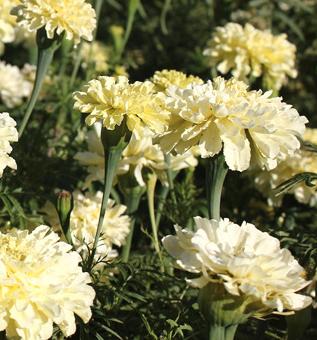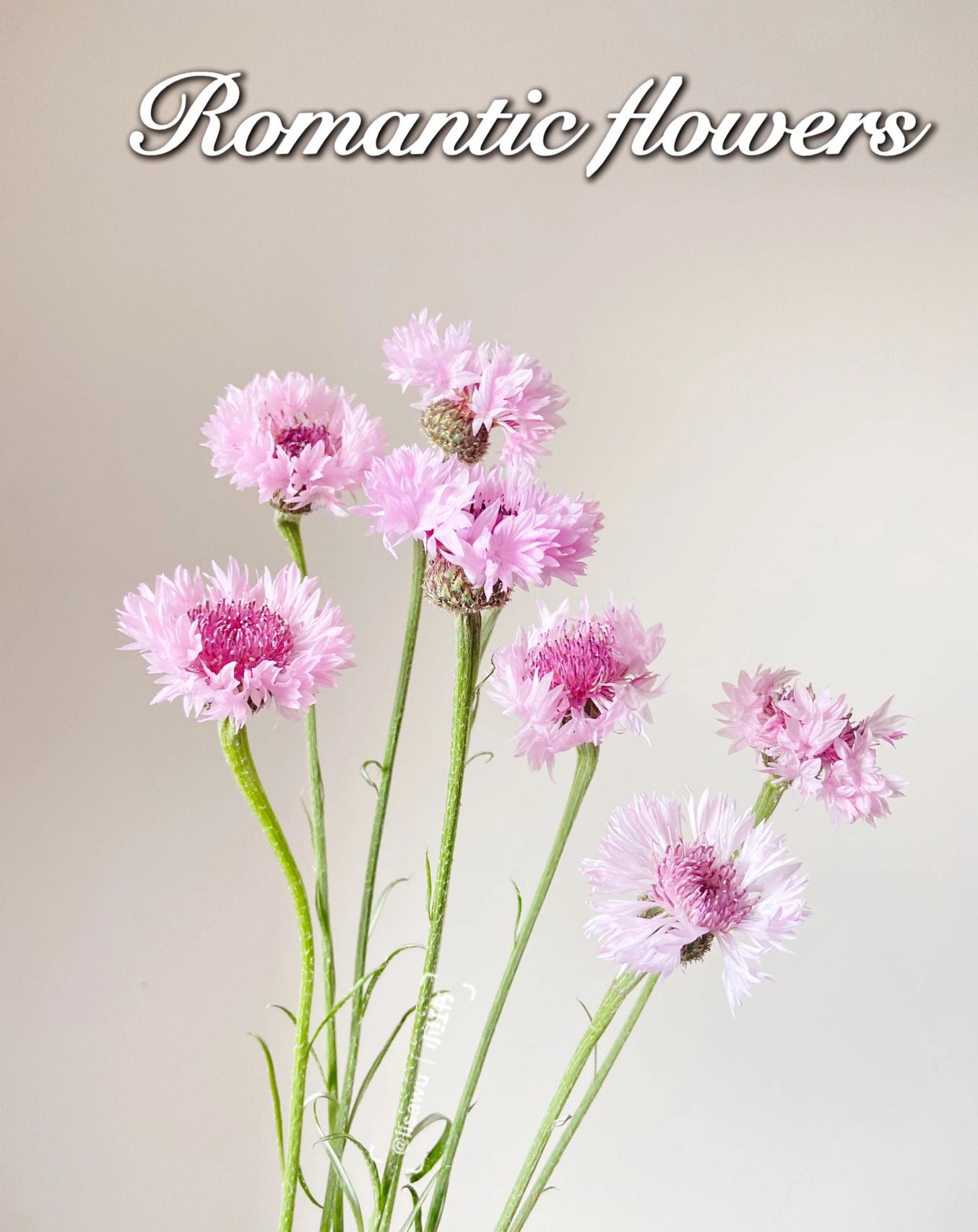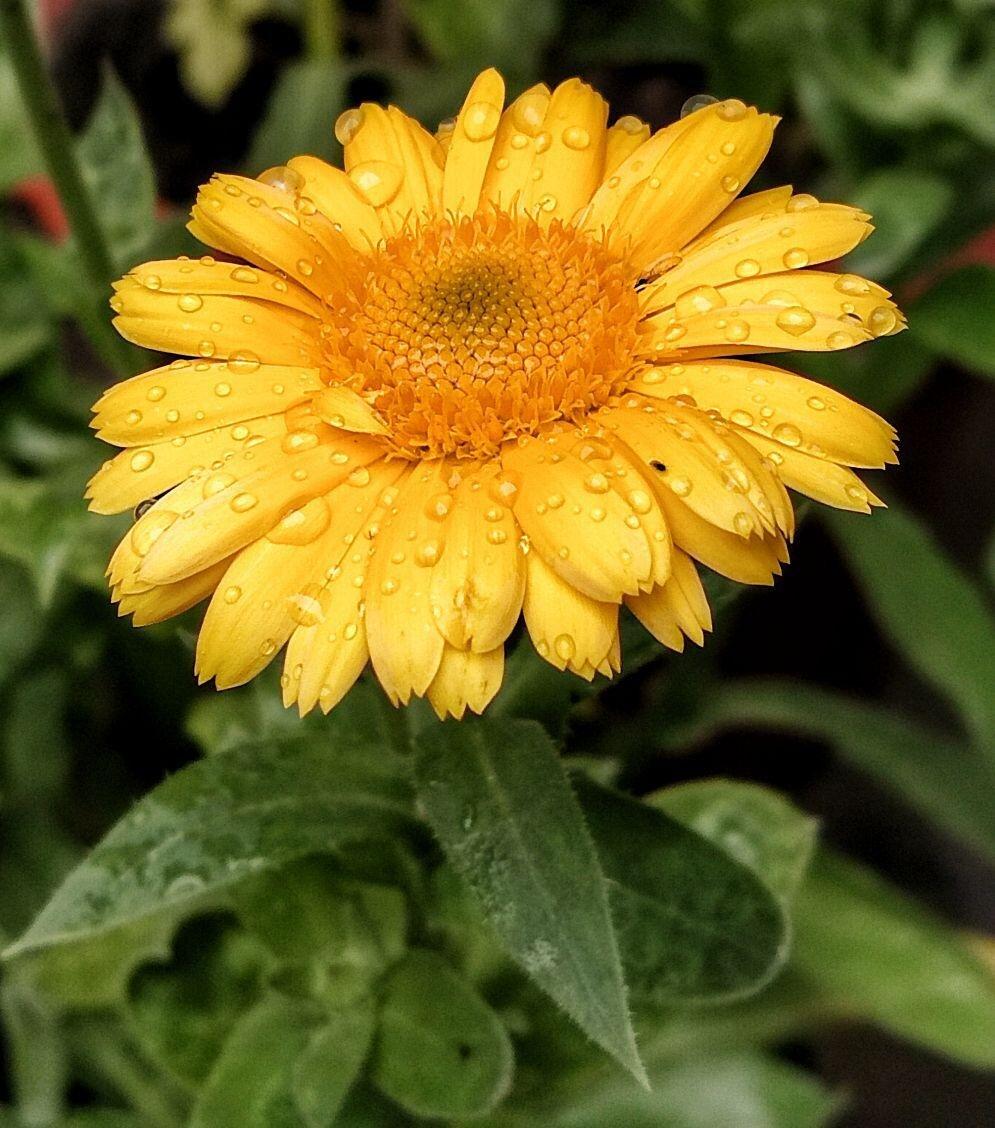Ricinus, commonly known as castor oil plant, holds an intriguing story. Legend has it that this unique plant was said to have magical properties. It was believed that if one planted Ricinus seeds close to their house, it would bring good luck and ward off evil spirits. This led to the tradition of planting Ricinus in homes across ancient cultures. Its vibrant red and green foliage only added to its allure. Today, Ricinus continues to captivate with its versatile uses, such as the production of castor oil. Truly, this plant holds a mysterious charm that has transcended time.
Picture
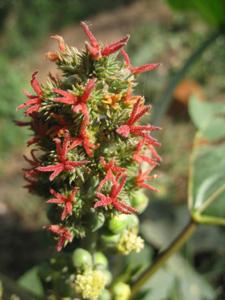
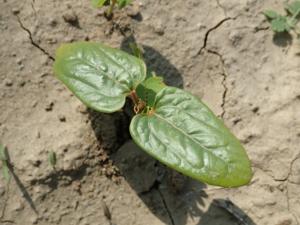

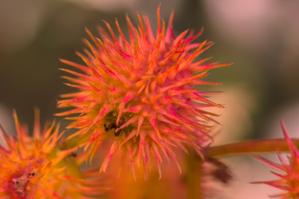
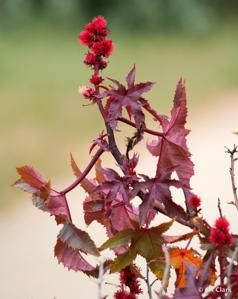
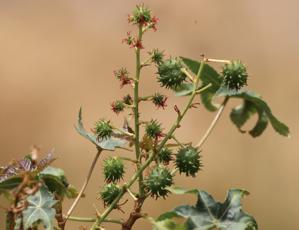
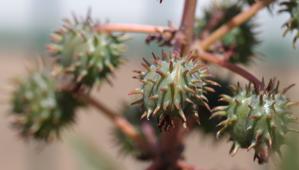
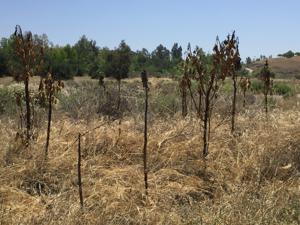
Plant some seeds now!
Short Description
Ricinus communis, the castor bean or castor oil plant, is a species of perennial flowering plant in the spurge family, Euphorbiaceae. It is the sole species in the monotypic genus, Ricinus, and subtribe, Ricininae. The evolution of castor and its relation to other species are currently being studied using modern genetic tools. It reproduces with a mixed pollination system which favors selfing by geitonogamy but at the same time can be an out-crosser by anemophily (wind pollination) or entomophily (insect pollination).
Its seed is the castor bean, which despite the term is not a bean (as it is not the seed of a member of the family Fabaceae). Castor is indigenous to the southeastern Mediterranean Basin, Eastern Africa, and India, but is widespread throughout tropical regions (and widely grown elsewhere as an ornamental plant).
Castor seed is the source of castor oil, which has a wide variety of uses. The seeds contain between 40% and 60% oil that is rich in triglycerides, mainly ricinolein. The seed also contains ricin, a highly potent water-soluble toxin, which is also present in lower concentrations throughout the plant.
The plant known as “false castor oil plant”, Fatsia japonica, is not closely related.
Description
Ricinus communis can vary greatly in its growth habit and appearance. The variability has been increased by breeders who have selected a range of cultivars for leaf and flower colours, and for oil production. It is a fast-growing, suckering shrub that can reach the size of a small tree, around 12 metres (39 feet), but it is not cold hardy.
The glossy leaves are 15–45 centimetres (6–18 inches) long, long-stalked, alternate and palmate with five to twelve deep lobes with coarsely toothed segments. In some varieties they start off dark reddish purple or bronze when young, gradually changing to a dark green, sometimes with a reddish tinge, as they mature. The leaves of some other varieties are green practically from the beginning, whereas in yet others a pigment masks the green color of all the chlorophyll-bearing parts, leaves, stems and young fruit, so that they remain a dramatic purple-to-reddish-brown throughout the life of the plant. Plants with the dark leaves can be found growing next to those with green leaves, so there is most likely only a single gene controlling the production of the pigment in some varieties. The stems and the spherical, spiny seed capsules also vary in pigmentation. The fruit capsules of some varieties are more showy than the flowers.
Cultivation
In Greece it is hardy enough to grow as a small tree. In northern countries it is grown instead as an annual.
Although Ricinus communis is indigenous to the southeastern Mediterranean Basin, Eastern Africa, and India, today it is widespread throughout tropical regions. In areas with a suitable climate, castor establishes itself easily where it can become an invasive plant and can often be found on wasteland.
It is also used extensively as a decorative plant in parks and other public areas, particularly as a “dot plant” in traditional bedding schemes. If sown early, under glass, and kept at a temperature of around 20 °C (68 °F) until planted out, the castor oil plant can reach a height of 2–3 metres (6.6–9.8 ft) in a year. In areas prone to frost it is usually shorter, and grown as if it were an annual. However, it can grow well outdoors in cooler climates, at least in southern England, and the leaves do not appear to suffer frost damage in sheltered spots, where it remains evergreen. It was used in Edwardian times in the parks of Toronto, Canada. Although not cultivated there, the plant grows wild in the US, notably Griffith Park in Los Angeles.
Cultivars
Cultivars have been developed by breeders for use as ornamental plants (heights refer to plants grown as annuals) and for commercial production of castor oil.
Ornamental cultivars
‘Carmencita’ has gained the Royal Horticultural Society’s Award of Garden Merit
‘Carmencita Bright Red’ has red stems, dark purplish leaves and red seed pods;
‘Carmencita Pink’ has green leaves and pink seed pods
‘Gibsonii’ has red-tinged leaves with reddish veins and bright scarlet seed pods
‘New Zealand Purple’ has plum colored leaves tinged with red, plum colored seed pods turn to red as they ripen
(All the above grow to around 1.5 metres (4.9 ft) tall as annuals.)
‘Impala’ is compact (only 1.2 metres or 3.9 feet tall) with reddish foliage and stems, brightest on the young shoots
‘Red Spire’ is tall (2–3 metres or 6.6–9.8 feet) with red stems and bronze foliage
‘Zanzibarensis’ is also tall (2–3 metres or 6.6–9.8 feet), with large, mid-green leaves (50 centimetres or 20 inches long) that have white midribs
Cultivars for oil production
‘Hale’ was launched in the 1970s for the US state of Texas. It is short (up to 1.2 m or 3 ft 11 in) and has several racemes
‘Brigham’ is a variety with reduced ricin content adapted for Texas, US. It grows up to 1.8 m (5 ft 11 in) and has 10% of the ricin content of ‘Hale’
‘BRS Nordestina’ was developed by Brazil’s Embrapa in 1990 for hand harvest and semi-arid environments
‘BRS Energia” was developed by Embrapa in 2004 for mechanised or hand harvest
‘GCH6’ was developed by Sardarkrushinagar Dantiwada University, India, 2004: it is resistant to root rot and tolerant to fusarium wilt
‘GCH5’ was developed by Sardarkrushinagar Dantiwada University, 1995. It is resistant to fusarium wilt
‘Abaro’ was developed by the Ethiopian Institute of Agricultural Research’s Essential Oils Research Center for hand harvest
‘Hiruy’ was developed by the Ethiopian Institute of Agricultural Research’s Melkassa and Wondo Genet Agricultural Research Centers for hand harvest during 2010/2011

